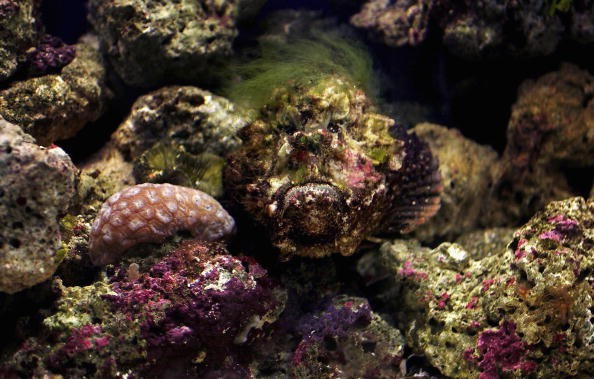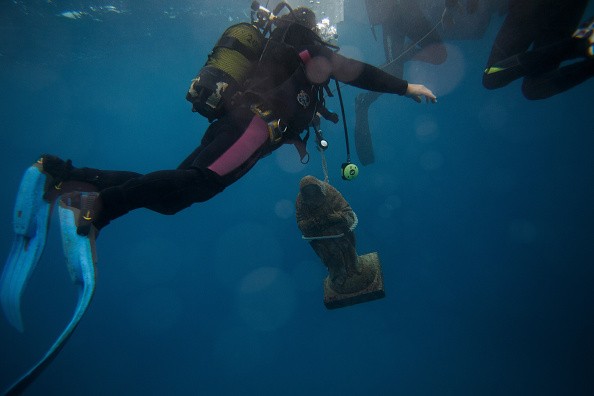One of Australia's deadliest animals can produce venom that is most dangerous to humans. The stonefish is also capable of hiding itself in its surroundings, so anytime you're out diving or touring the ocean floor get ready and keep an extra eye out for this creature.
Here are six surprising facts about stonefish.

They are the world's most venomous fish
The venom that stonefish produces is one of the most venomous in the world, and is lethal to humans. For a total recovery, suitable amount of anti-venom is quickly needed to reverse the effects, which begin with agonizing pain and swelling. These symptoms develop very fast leading to tissue necrosis, paralysis, and even heart failure.
They have excellent camouflage skills
Covered in coated grey or brown skin with orange, yellow, and red patches, the stonefish is capable of camouflaging very well with their surrounding environment. Not only are they hard to detect, but because of their size (between 30 and 40 centimetres) they are usually mistaken for a stone or coral reef part.
Their venom sacs are seen in their 13 spines
Since it is so difficult to notice them, stonefish are frequently stepped on, which leads to the activation of their venom sacs. Along their back, stonefish possess 13 spines with glands at the base of every one that has the venom. They only use their venom as a defense mechanism and it is released when pressure is exerted to their spines; stonefish do not make use of their venom for hunting.
They can maul their prey in as little as 0.015 seconds
As carnivores, the stonefish's food majorly consists of different shrimps and other fish. Because of their excellent camouflage skills they have the ability to attack their prey using the element of surprise. They patiently wait for something to pass by, then can attack and gulp down their prey in as little as 0.015 seconds. In spite of this incredible speed, they are typically very slow swimmers.
They are to be held accountable for many stings every year
Since the Europeans arrived on Australian shores no death has been recorded from stonefish stings in the country, in spite of this most venomous fish in the world concealing in the waters. However, many people have experienced stonefish stings by accidentally stepping on them, causing the creation of anti-venom in the late 1950s to stop the worst from happening.

Stonefish can survive out of water for up to 24 hours
As long as their surrounding area stays moist, stonefish can survive up to 24 hours by taking in oxygen through their skin. This is usually seen during retreating tides, which leave them partly exposed; however, they generally die from suffocation and dehydration after this.
For more news, updates about stonefishes and similar topics don't forget to follow Nature World News!
© 2025 NatureWorldNews.com All rights reserved. Do not reproduce without permission.





